Astronomers have recently discovered the most massive neutron star to date, nearly at the theoretical limit for such stars. But it’s only about the size of a small city.
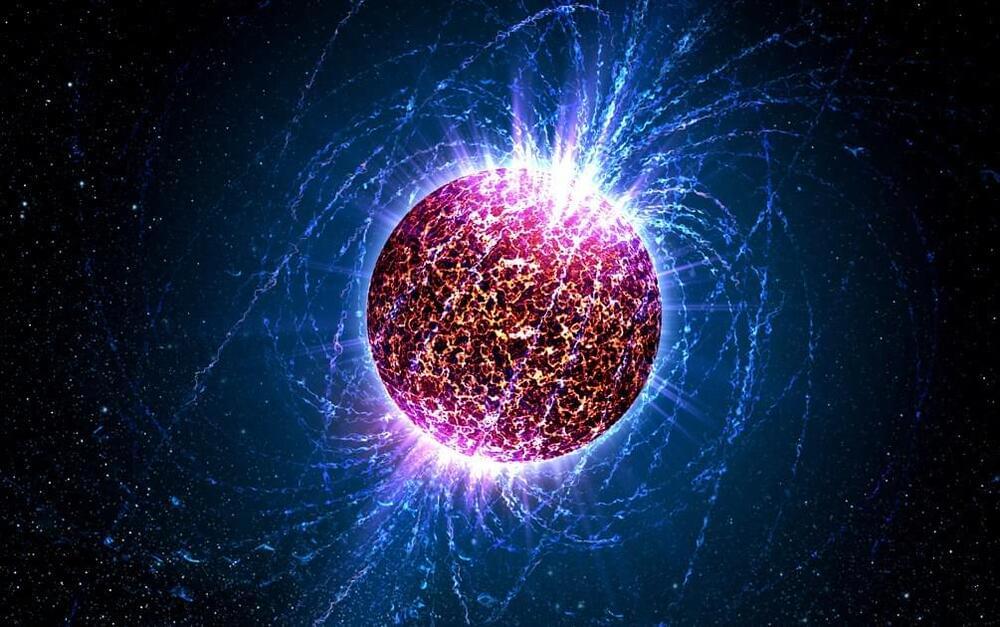

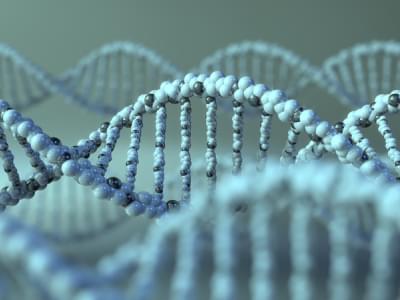
FactorBioscience Announces U.S. Department of Defense Grant to Develop Gene-Edited Cell Therapies Read the latest here.
Factor Bioscience Inc. announced the award of a U.S. Department of Defense grant to develop next-generation cell therapy candidates using Factor’s patented mRNA, cell-reprogramming, and gene-editing technologies. The project will be led by Factor’s Co-Founder and Chief Technology Officer, Dr. Christopher Rohde.
Under the award, Factor will generate the first scalable cell therapy specifically targeting muscle inflammation in DMD patients. To carry out the work, Factor will utilize its extensively patented technologies for engineering cells, including methods for reprogramming and gene-editing cells using mRNA.
The award is sponsored by the Office of the Assistant Secretary of Defense for Health Affairs, through the Duchenne Muscular Dystrophy Research Program, which is endorsed by the Department of Defense. The award will fund development activities for up to five years.

Kidney damage from diabetes is called diabetic nephropathy. You can slow down kidney damage or keep it from getting worse. Controlling your blood sugar and blood pressure, taking your medicines and not eating too much protein can help.
If you have diabetes, your blood glucose, or blood sugar, levels are too high. Over time, this can damage your kidneys. Your kidneys clean your blood. If they are damaged, waste and fluids build up in your blood instead of leaving your body.
Kidney damage from diabetes is called diabetic nephropathy. It begins long before you have symptoms. People with diabetes should get regular screenings for kidney disease. Tests include a urine test to detect protein in your urine and a blood test to show how well your kidneys are working.
If the damage continues, your kidneys could fail. In fact, diabetes is the most common cause of kidney failure in the United States. People with kidney failure need either dialysis or a kidney transplant.

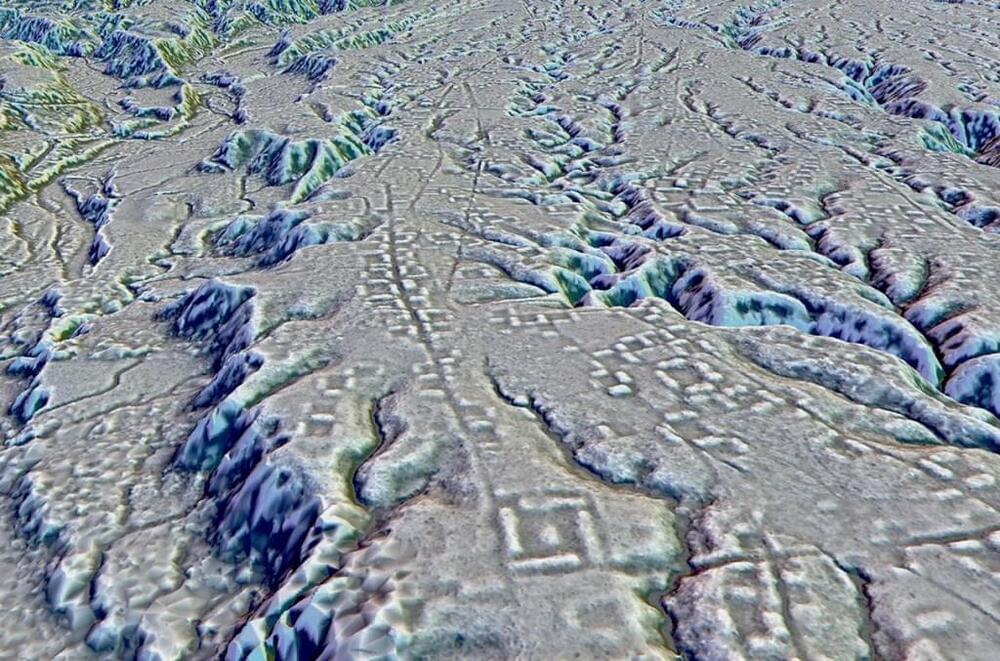


For older adults with mild high blood pressure, a new study suggests consuming tomatoes may help manage hypertension and may even lower the risk of developing high blood pressure in the first place.
In the study, people without high blood pressure who ate the most tomatoes or tomato-based foods had a 36% lower risk of developing hypertension than those who ate the least.
In people who already had high blood pressure, especially those with stage 1 hypertension, moderate consumption of tomatoes was associated with a reduction in blood pressure.
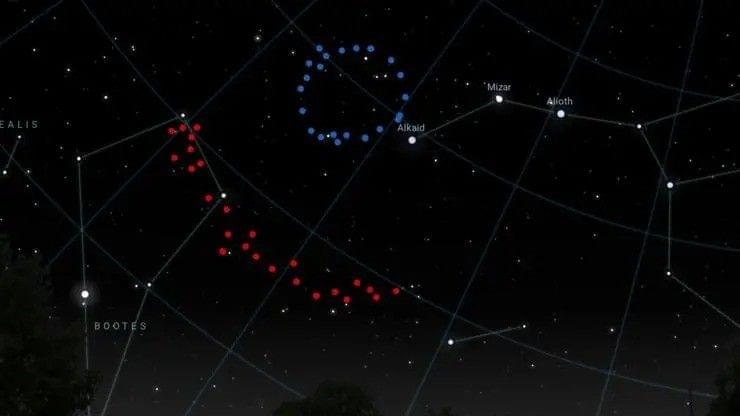
But by analyzing data taken from the Sloan Digital Sky Survey, which studies galaxies illuminated by powerful quasars bursts, the researchers teased apart the evidence for a ring far bigger than the theoretical upper size limit — a stunning coil-like structure aligned face-on with Earth.
“The Big Ring and Giant Arc are the same distance from us, near the constellation of Boötes the Herdsman, meaning they existed at the same cosmic time when the universe was only half of its present age,” Lopez said. “They are also in the same region of sky, at only 12 degrees apart when observing the night sky … [This] raises the possibility that together they form an even more extraordinary cosmological system.”
Although the cause of the gigantic structure is unclear, the researchers first speculated that it could be a remnant of a baryon acoustic oscillation (BAO), a type of sound wave that rippled through the hot plasma of the early universe. Yet further analysis found that the Big Ring was too large and, due to its corkscrew shape, not spherical like BAOs. Alternative explanations suggest that it could possibly be a cosmic string, a hypothetical clumping of matter created in the early universe, or a remnant of something else that could demand an entirely new model to explain it.
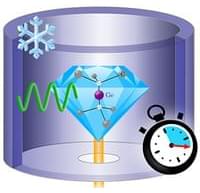
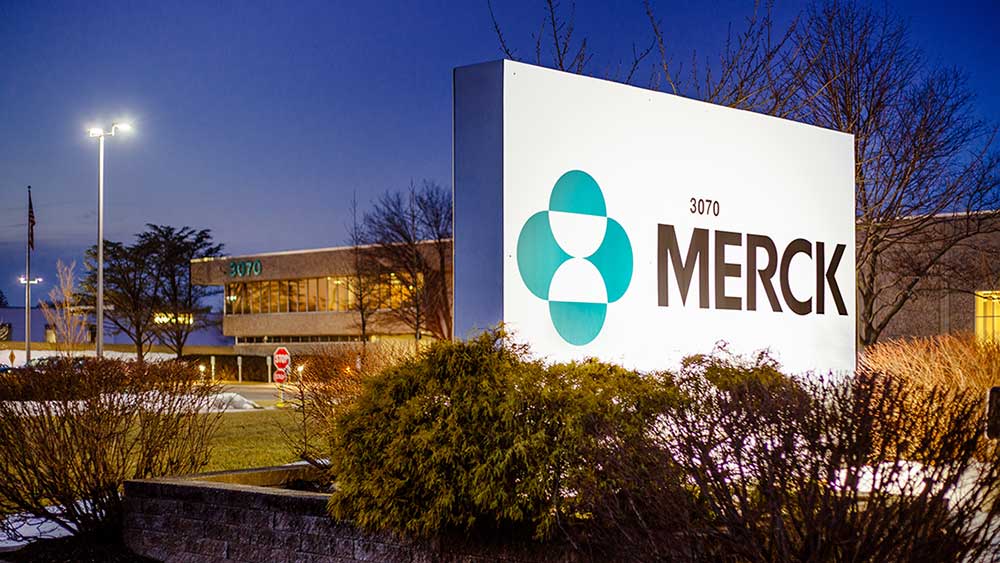
This is good news potentially. TL1A have the potential of helping with inflammatory bowel disease, and arthritis and inflammatory diseases but it won’t come out, until half a decade from now.
Biotech stock investors are hoping for a repeat performance from the suite of TL1A drugs.
Proving The Drug’s Merit
First, the companies are looking to prove the drugs’ merit in ulcerative colitis and Crohn’s disease. So far, that venture has paid off handsomely for the biotech stocks involved.